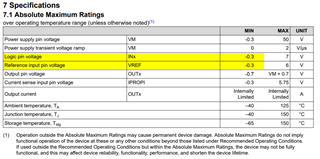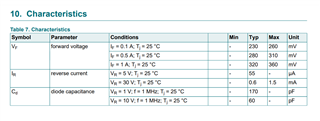Other Parts Discussed in Thread: TPS922053, , LM317L, DRV8251, , LM317, TPS92515
Hello TI support,
We intend to use DRV8251A in electromagnetic flowmeter application where constant coil current (0.25A) is required. We are using constant current sink LED driver TPS922053. Please see attached schematic details where +24V input is connected as LED+ to VM of DRV8251A & LED- which is VOUT of TPS922053 is connected to GND of DRV8251A. +24V is isolated supplies from digital side having Microcontroller. We intend to drive IN1 of DRV8251A through optocoupler which is referenced to LED- (GND of DRV8251A). Pertaining to this application could you please answer below queries,
1. Do you see any reliability/ operational issues in this scheme for LM317L where GND is floating unless coil (load is connected). That means input to LM317L will be 24V & GND will be floating. Once we connect the coil, VOUT will be equal to 11.5V (24V--50X0.25A).
Regards,
jagdish




